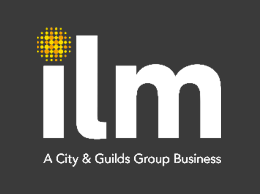In a competitive climate, teamwork is key and establishing a positive and effective identity can often be the subtle difference between a good team and an excellent one.
Team Identity is based on how well the team demonstrates belongingness, a desire to work together, and a sense of clarity around the role of each member. Teams can often become confused when roles and responsibilities aren’t sufficiently clarified.
As people managers, it’s often useful to take a step back and review. Is there a good balance in roles that is designed to bring out all team members talents? And does everyone understand the division of responsibilities? One of the best ways to create a Team Identity is to answer the question – “Who are we?”.
Creating a shared team identity involves discussing and determining the team’s purpose or mission, what the team values, what they live by and what the teams’ key strengths and limitations are. It involves understanding who each team member is as an individual, and the attributes and skillsets each person brings to the team. Having a shared team identity is important for common ground and a shared sense of purpose across the team. A shared team identity is also important when communicating with stakeholders across the business.
It’s not easy though, there are challenges to creating an identity. There has to be business context and a vision on where the team sits within that context so clear communication is always key. A team identity also depends on the company culture and how the senior leaders behave. It is also based, in a very practical way, on the support the team receives from senior leadership. This includes the support and “cover” the team receives, both in a political sense and in terms of the resources dedicated to the team’s efforts.
Team identity evolves too, members of more experienced or long-standing teams may find that the team’s purpose and mission changes significantly over time as the business leadership changes. Changes in the team members and responsibilities will also impact how the identity evolves.
Although not a one size fits all approach, the following strategies may help to foster a shared team identity.
- Recognise what will “fit” the business and its culture
- Identify and harness individual expertise
- Discuss “Who are we?” as a team
- Develop a team “elevator speech”
- Consider documenting key aspects of the team’s identity and culture and circulate them
- Re-evaluate the team’s identity periodically
Building an effective team identity is complex but the rewards are huge, talk to us about our people management courses and structured management development pathways.






